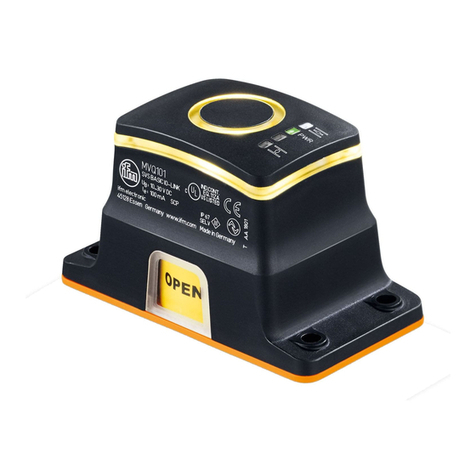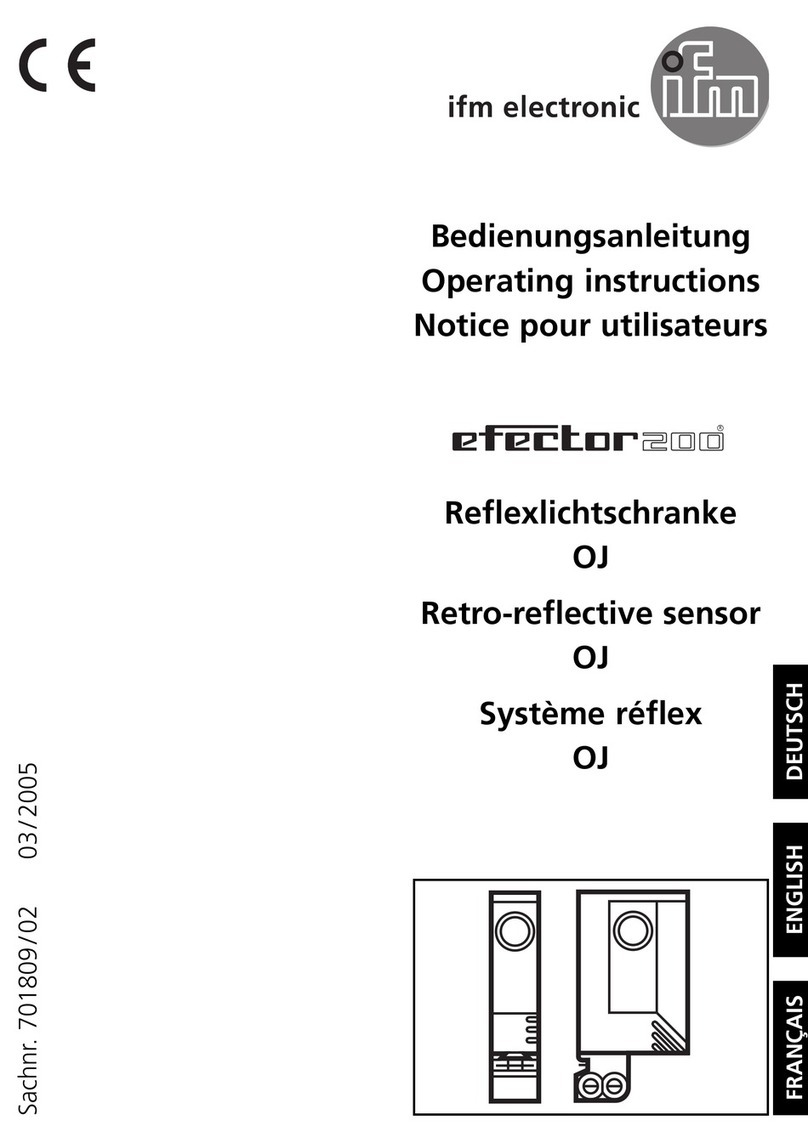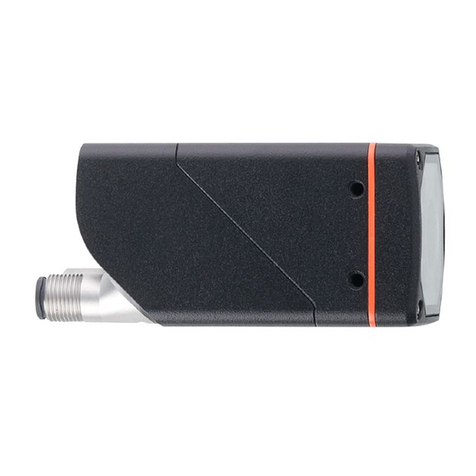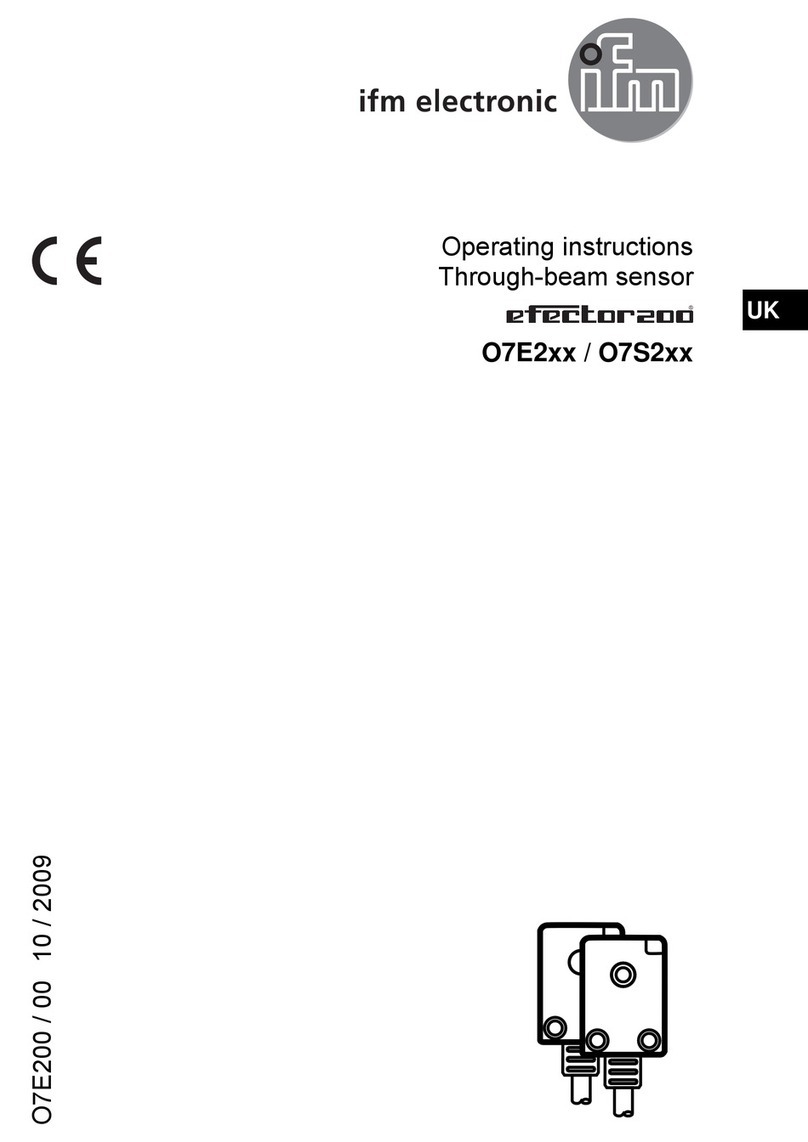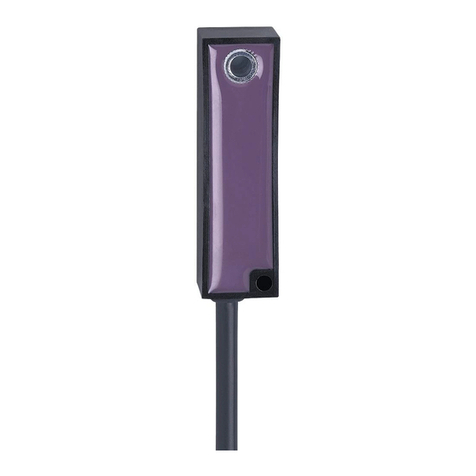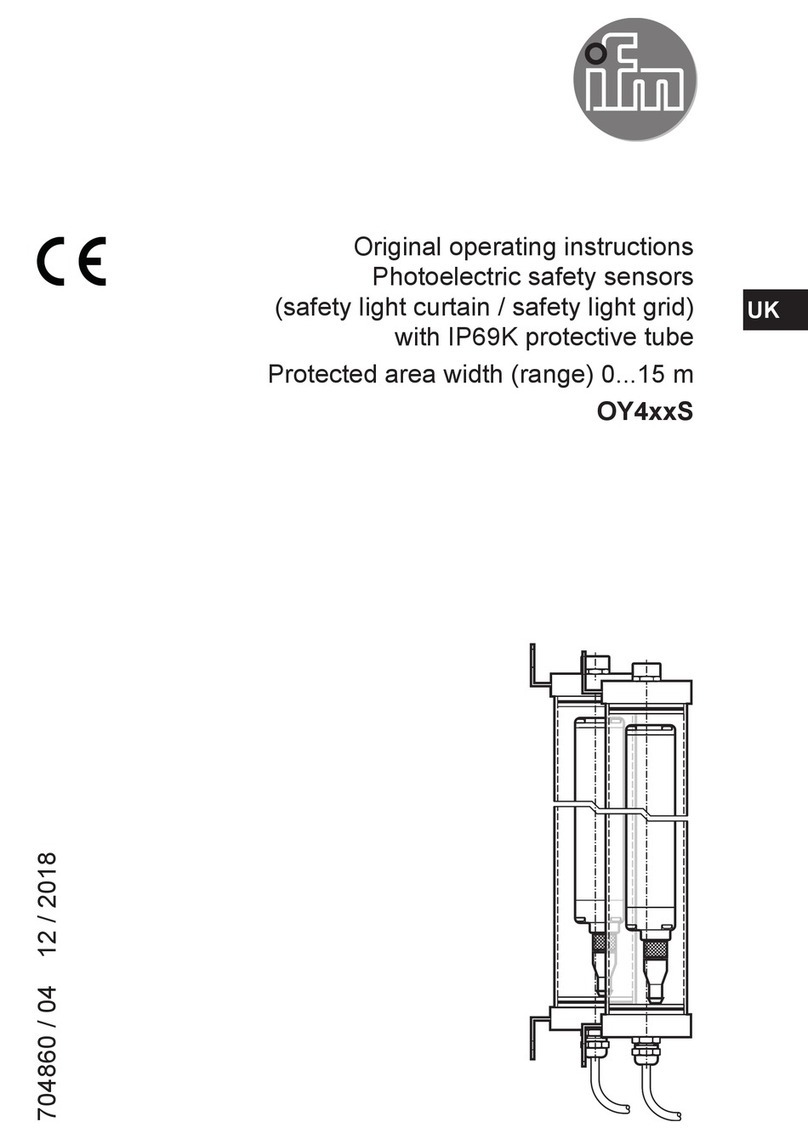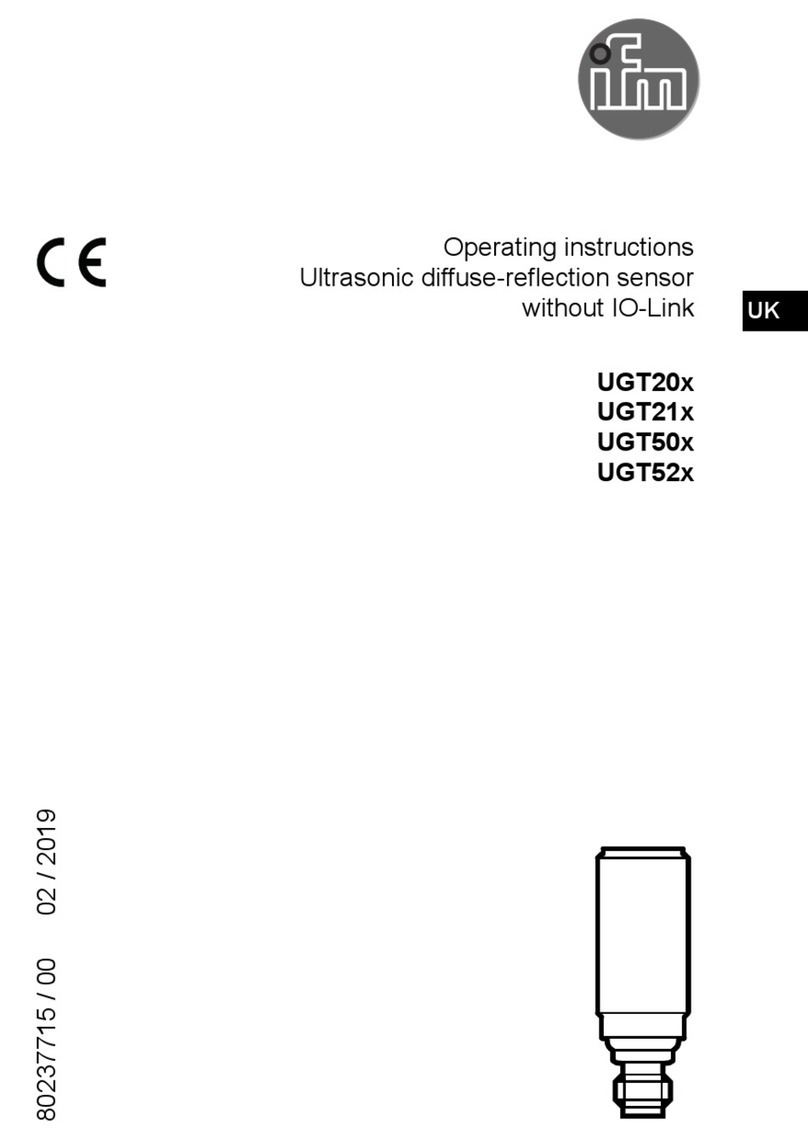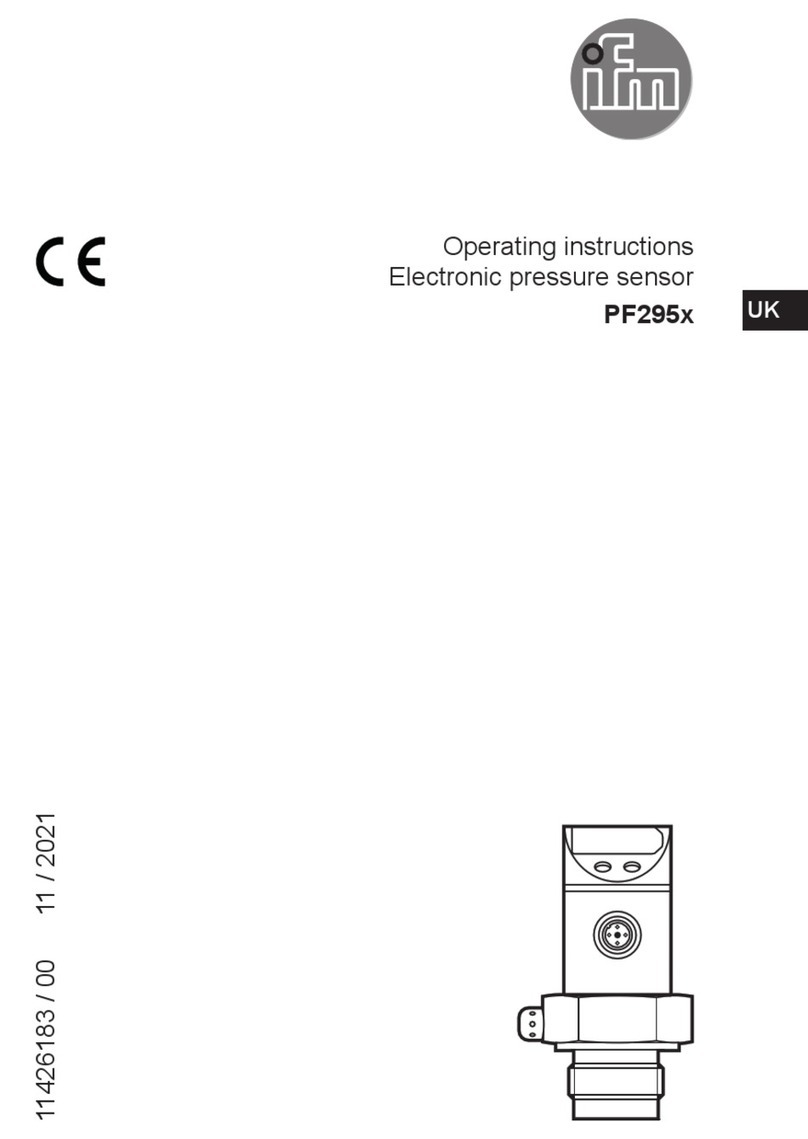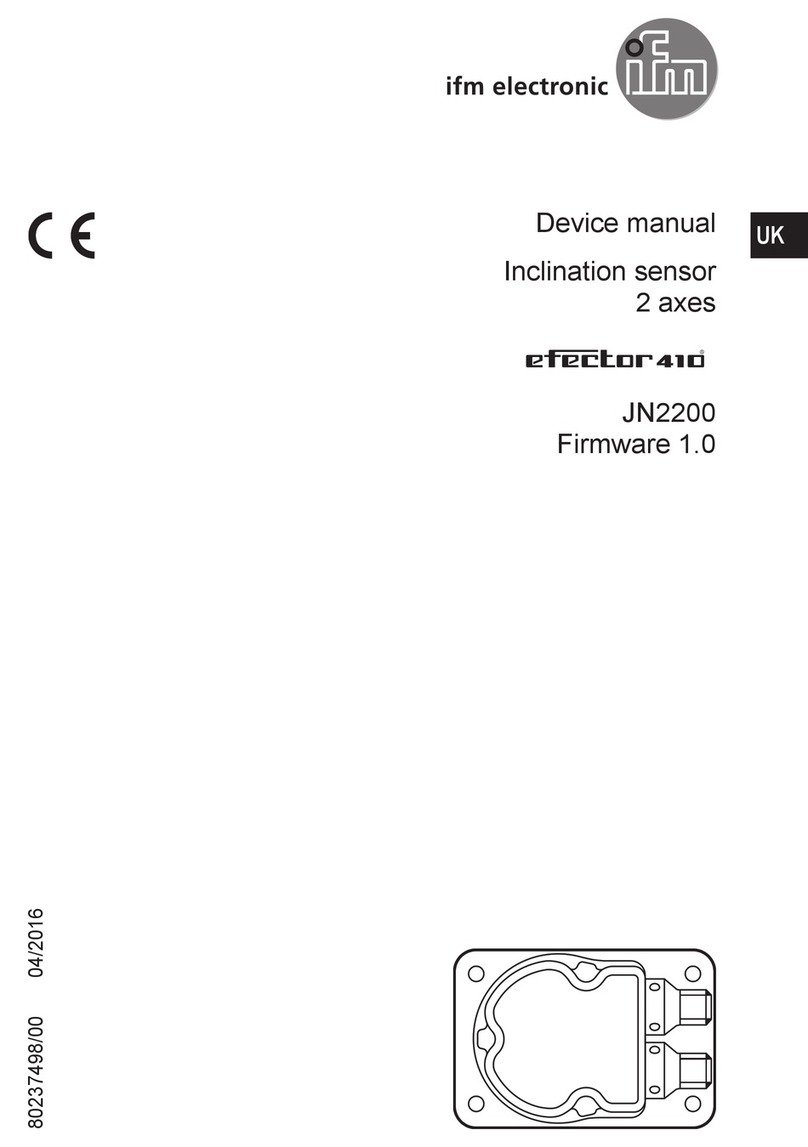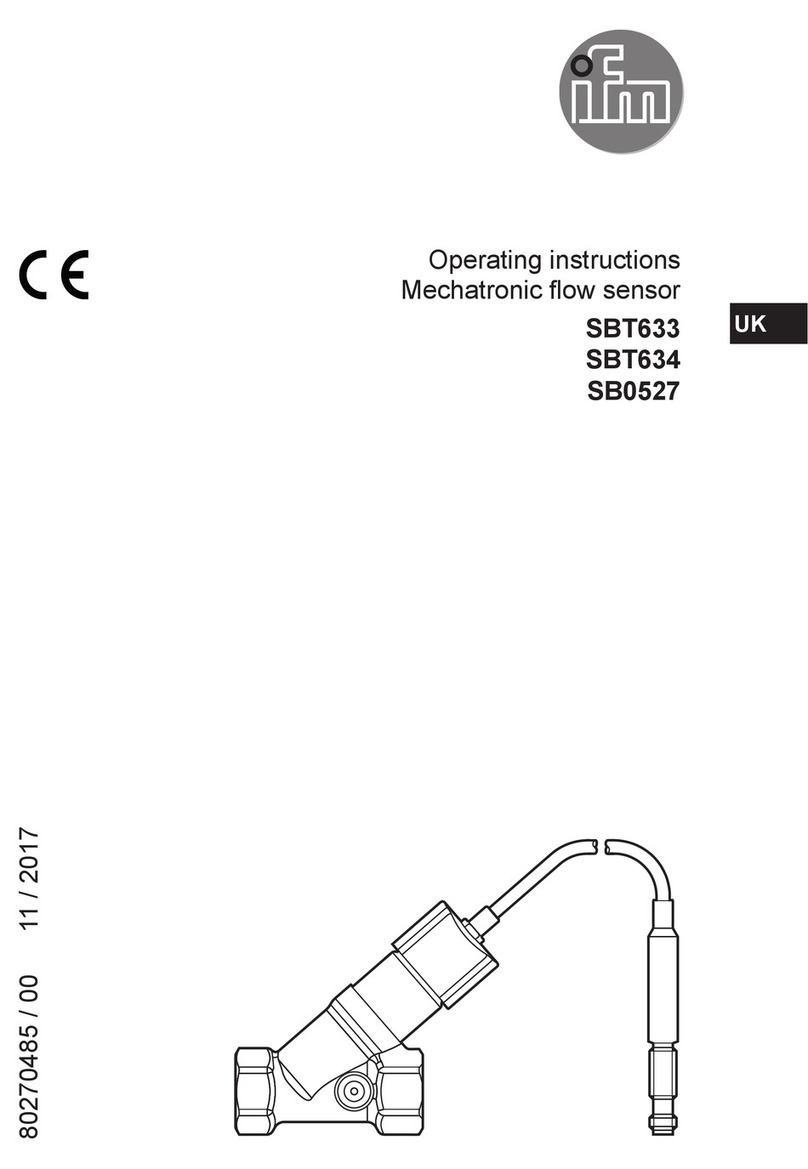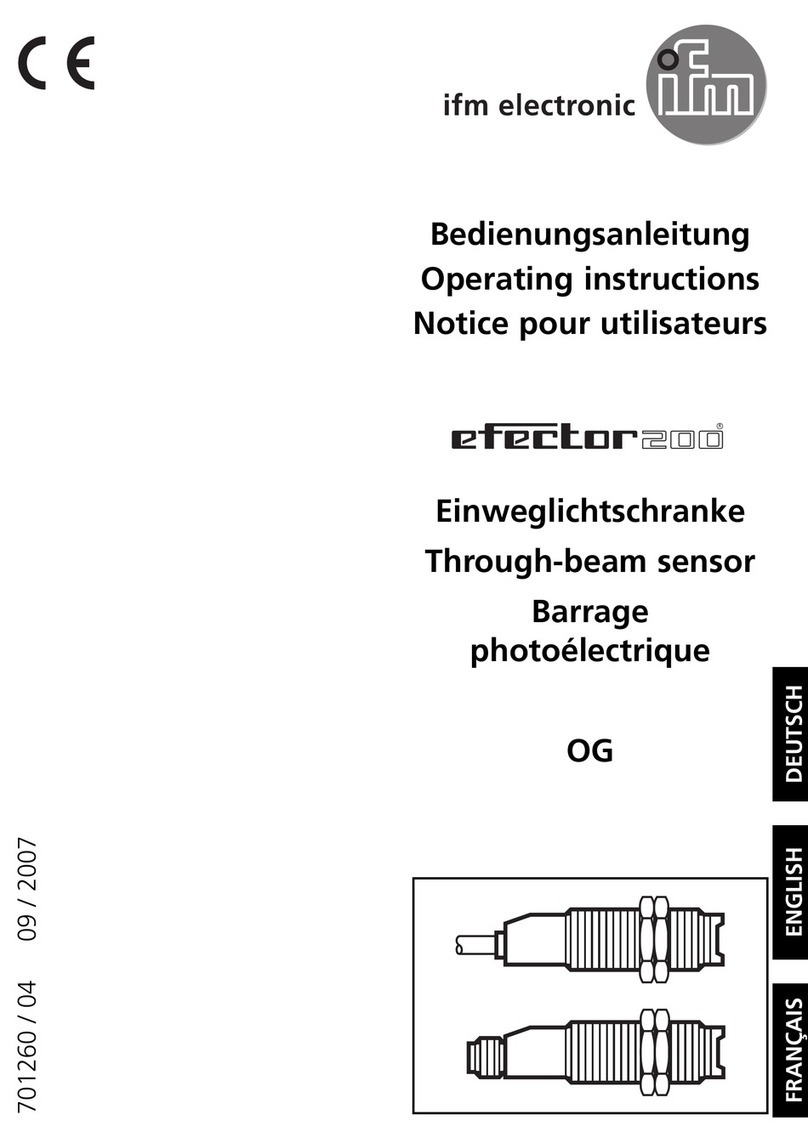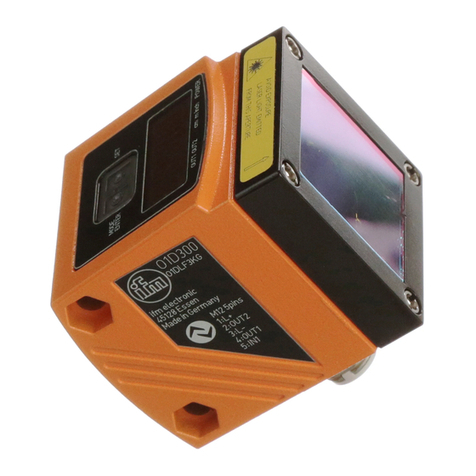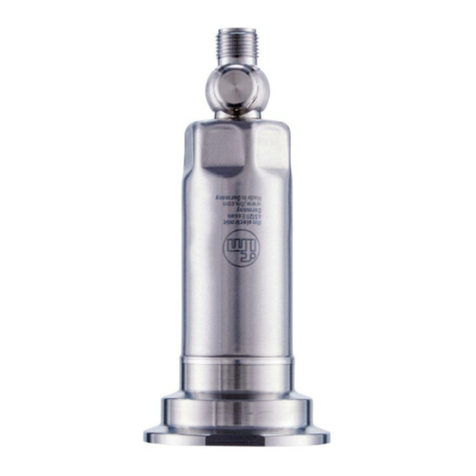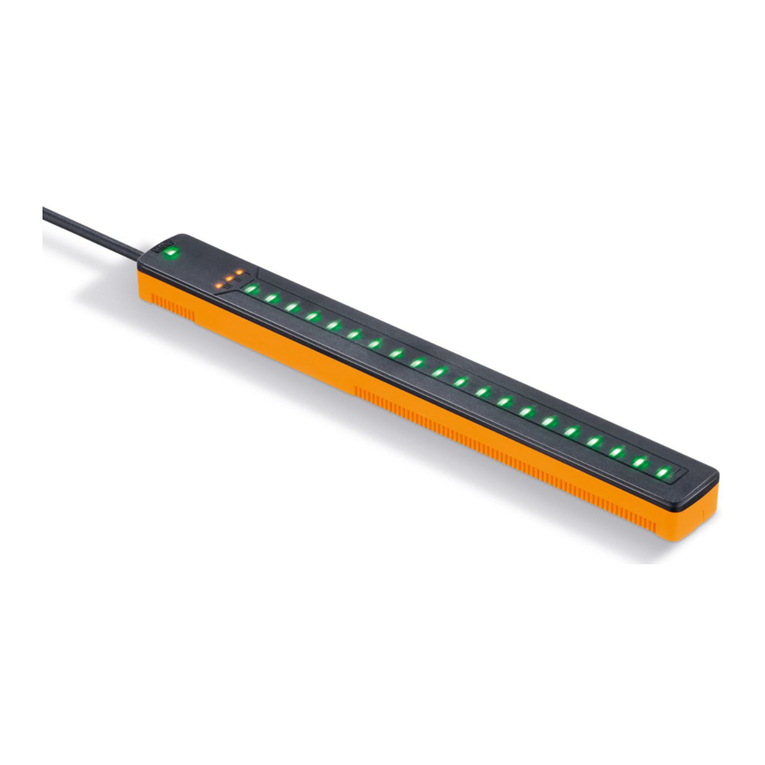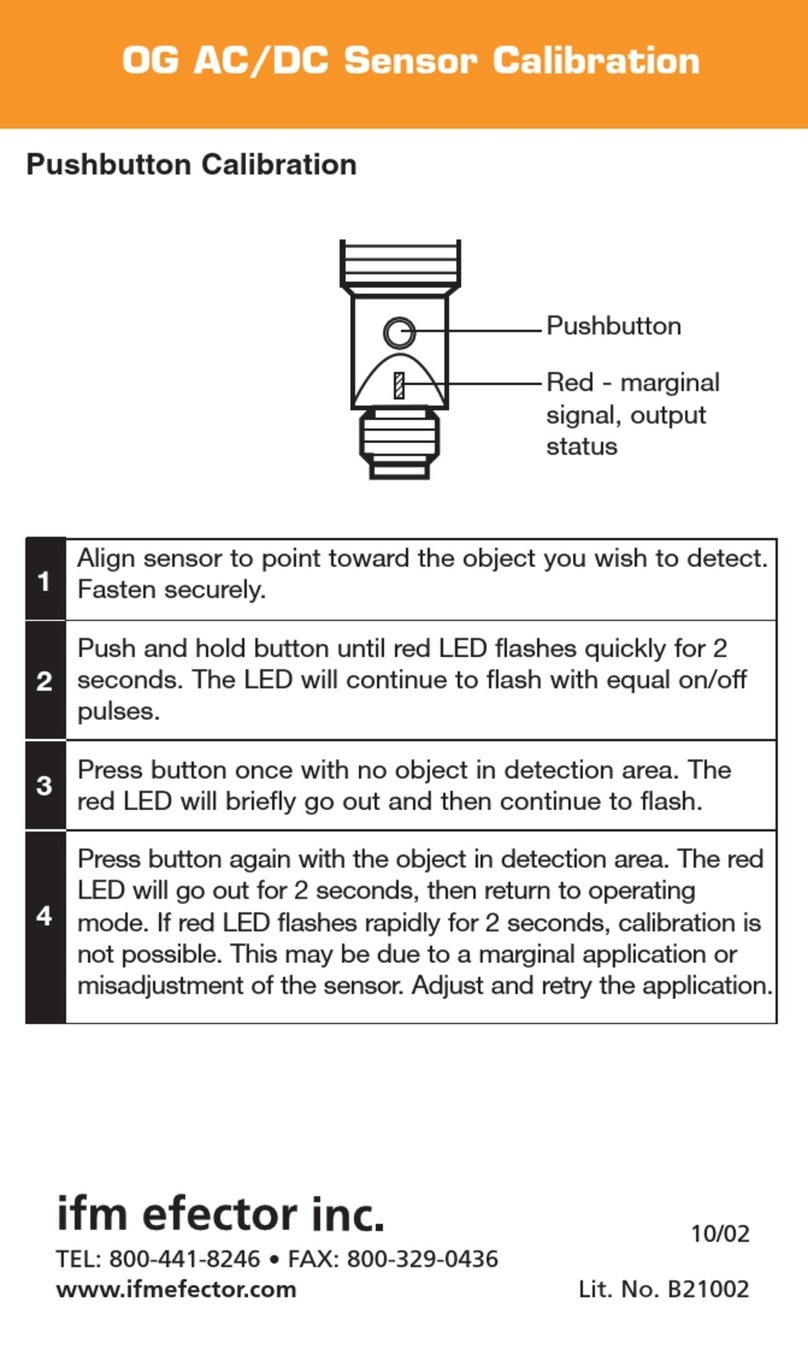
2
Contents
1 Preliminary note���������������������������������������������������������������������������������������������������3
1�1 Symbols used ������������������������������������������������������������������������������������������������3
1�2 Warning signs used ���������������������������������������������������������������������������������������3
2 Safety instructions �����������������������������������������������������������������������������������������������4
2�1 Safety-related requirements regarding the application����������������������������������4
2�2 Radio equipment �������������������������������������������������������������������������������������������5
2�3 Interference of electronic and medical devices ���������������������������������������������6
3 Items supplied������������������������������������������������������������������������������������������������������6
4 Functions and features ����������������������������������������������������������������������������������������6
5 Function���������������������������������������������������������������������������������������������������������������7
5�1 Limit range and operating range��������������������������������������������������������������������7
6 Installation������������������������������������������������������������������������������������������������������������8
6�1 Actuating directions ���������������������������������������������������������������������������������������8
7 Electrical connection��������������������������������������������������������������������������������������������9
8 Programming �����������������������������������������������������������������������������������������������������10
9 Operation����������������������������������������������������������������������������������������������������������� 11
9�1 Switching state of the outputs���������������������������������������������������������������������� 11
9�1�1 The safe state������������������������������������������������������������������������������������� 11
9�1�2 The switched state������������������������������������������������������������������������������ 11
9�1�3 Cross fault / short circuit��������������������������������������������������������������������� 11
9�2 Interface classification ��������������������������������������������������������������������������������� 11
9�2�1 Identification key��������������������������������������������������������������������������������� 11
9�3 LED display �������������������������������������������������������������������������������������������������12
9�3�1 5-wire design ��������������������������������������������������������������������������������������12
9�3�2 8-wire design ��������������������������������������������������������������������������������������13
10 Technical data��������������������������������������������������������������������������������������������������14
10�1 Drawing������������������������������������������������������������������������������������������������������16
11 Troubleshooting �����������������������������������������������������������������������������������������������16
12 Maintenance, repair and disposal��������������������������������������������������������������������17
13 Terms and abbreviations����������������������������������������������������������������������������������17

